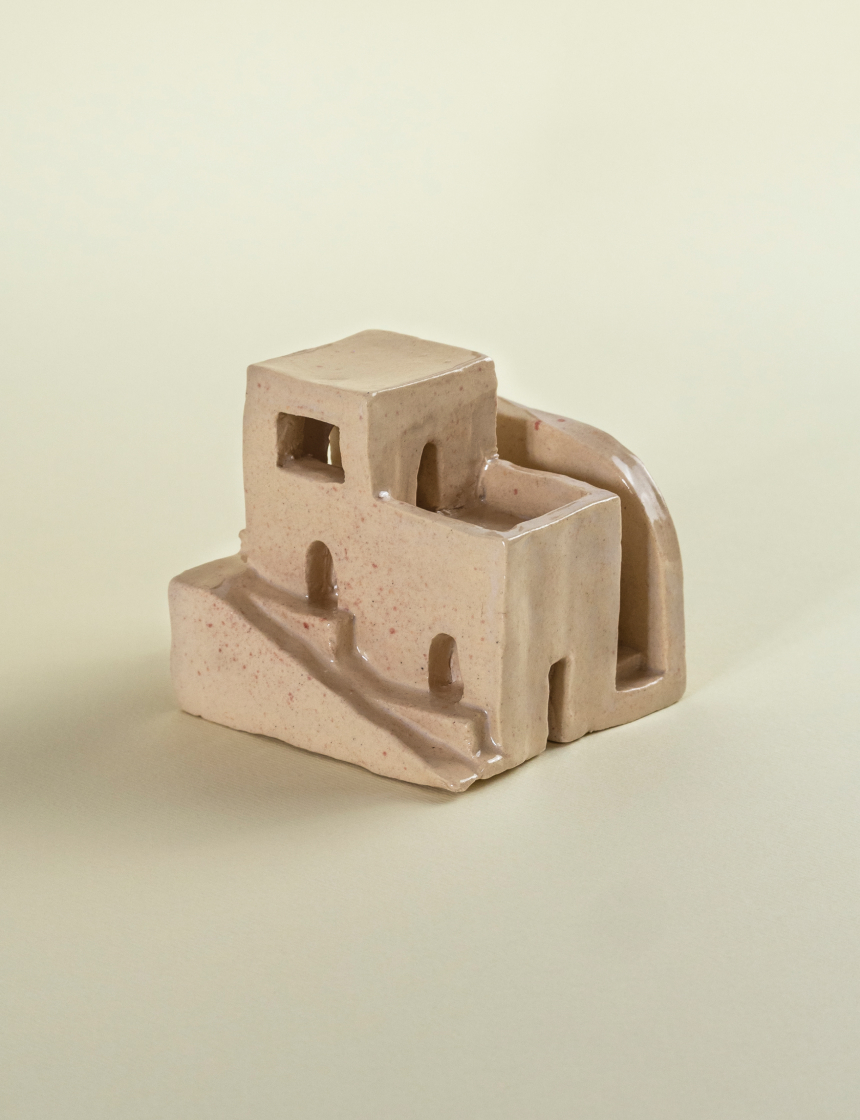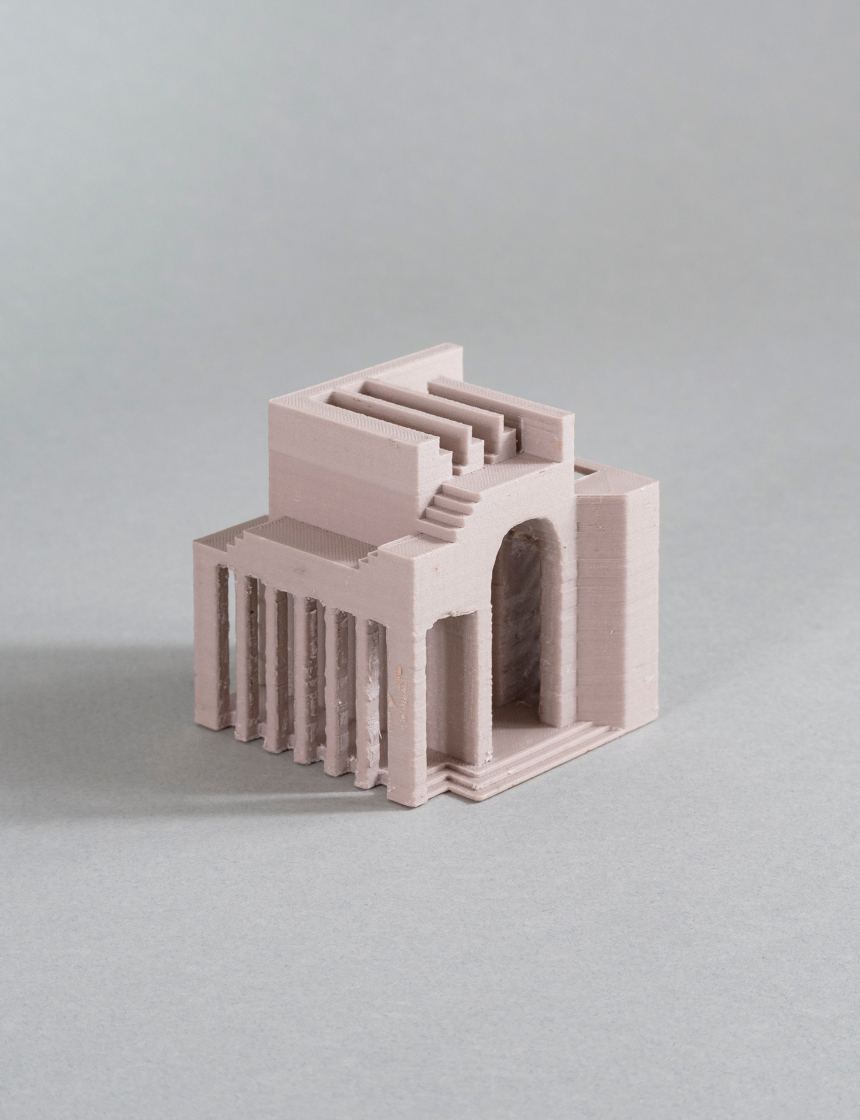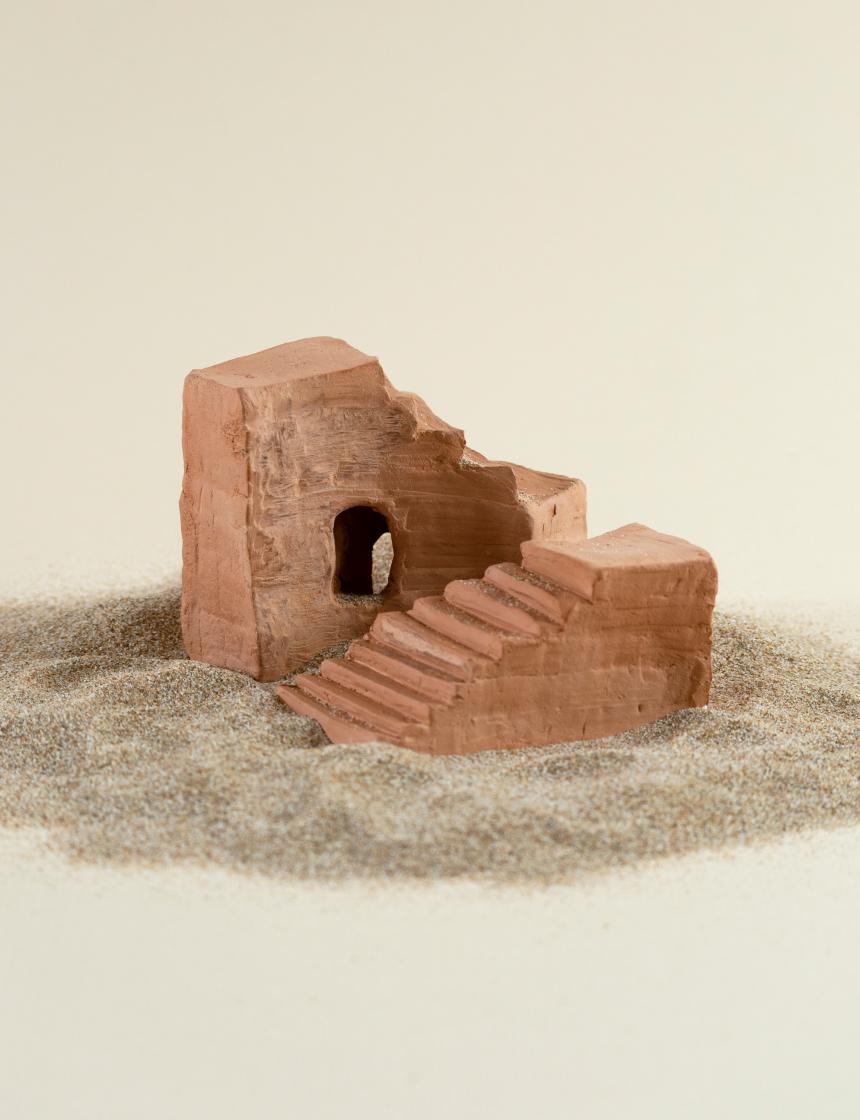The Airshaft
Between Young and Old
The two apartments were accessible via a communal gallery, outdoor yet internal. Outdoor, as in an open-air space where you could view the sky; interior, as in completely surrounded by the building and not street-facing. The gallery enclosed a squared-off, inner courtyard, but it did not loop around it. It was more of a U-shape, like a horseshoe, but with squared corners, with our front doors opening at each of the two ends. The stairs landed halfway between the two corners and were equidistant from both of our doors. From there, her door was the one on the right side. From my door, I had to walk all the way across the gallery counterclockwise to reach her apartment.
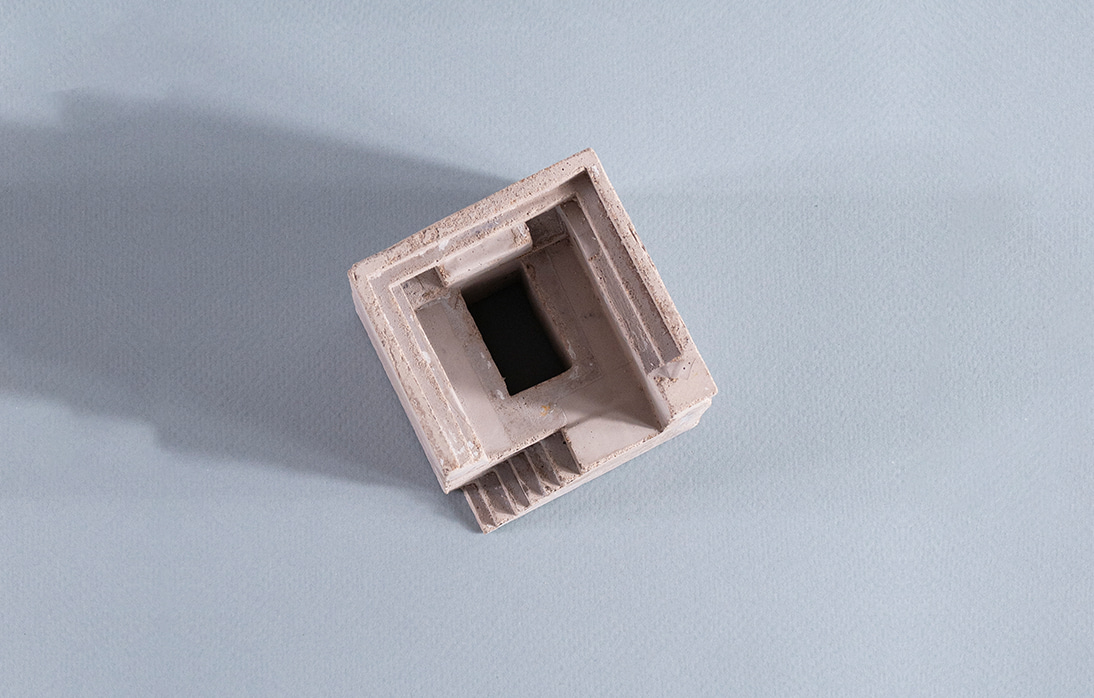
Every day at 4.00 pm, she took a walk. I noticed this because the birds downstairs went off like an alarm every afternoon around the same time and one becomes sensitive to patterns when days are just columns in a google calendar. I started to watch her go, each day at four. Her punctuality seemed to come as a shock to me; yet I never seemed to marvel at how punctual I was standing there watching her, every single day. I thought so much of age at this point, that I assumed two specimens of the same species to be two completely different creatures, just because of a few decades gap.
I stood by the door, behind the curtain of the small window overlooking the gallery. At the beginning, she dressed up. She would wear dark, large pants, a long blouse with a flower print, and black leather baby-like shoes, with a round point and a large strap on top. Later, when the days started to grow warmer, and bras, closed shoes, make-up and hairstyling products became unused utilities, reserved only for special occasions, such as birthday zoom parties or Monday morning meetings, she went as she was. She wore a pastel-blue gown with a long line of large, round bottoms in front, fluffy slippers of the same colour, and, more often than not, what was left of an apron: a quadrilateral piece of worn-out fabric with no strings, that she attached to her body with four huge safety pins—two between her collarbone and shoulders, two on her hips.
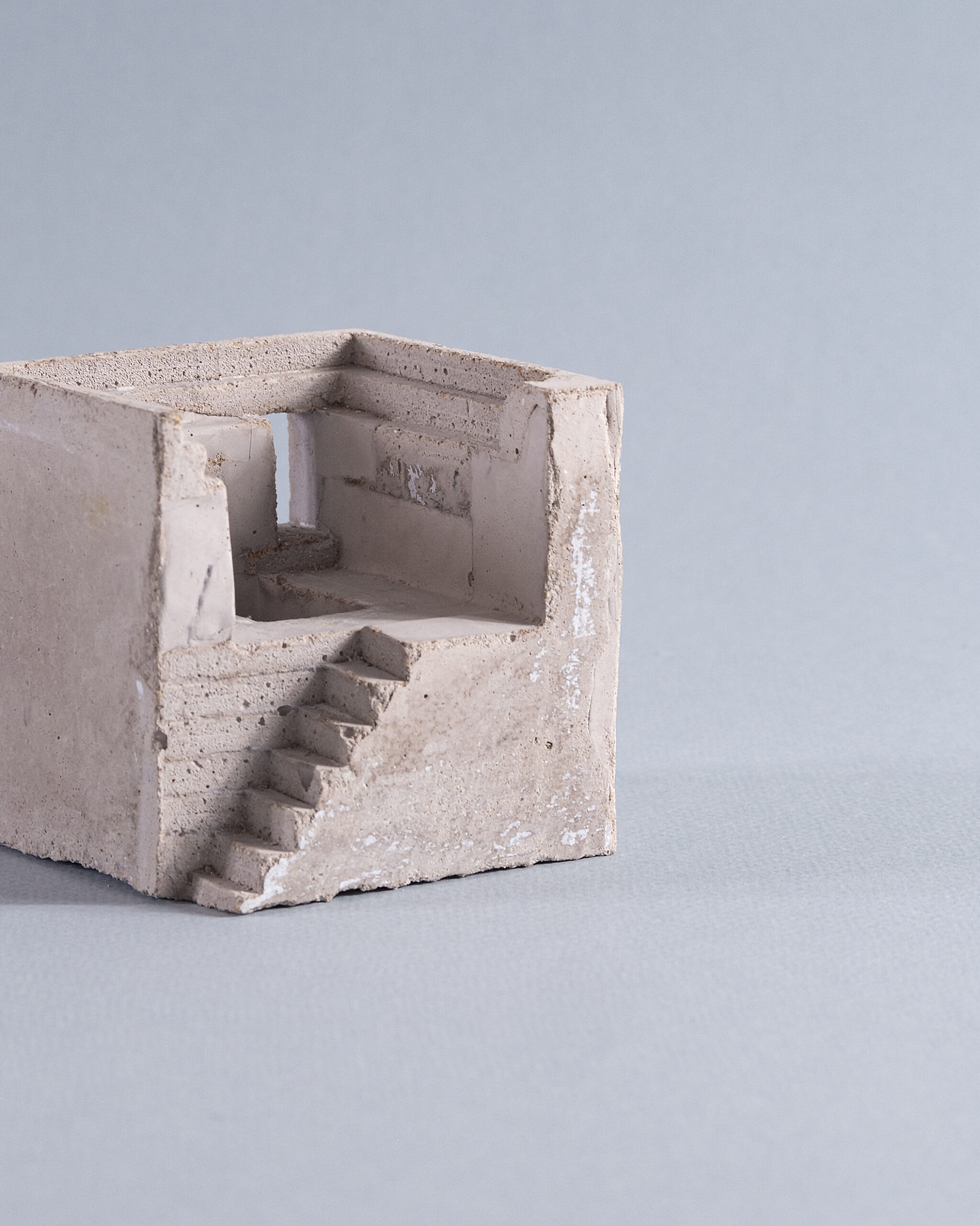
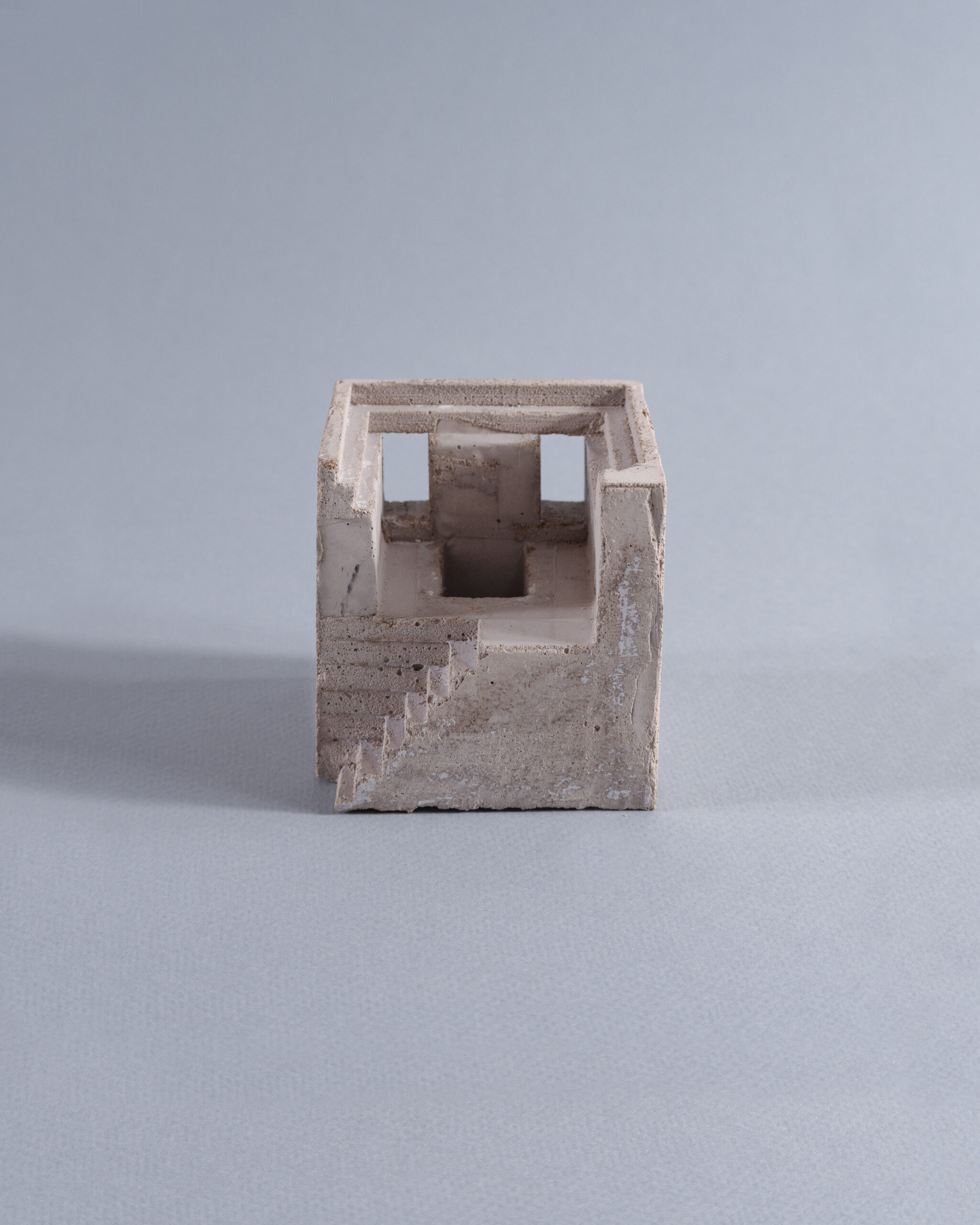
She walked carefully. Every step seemed to have a certain degree of premeditation. Her right hand on the rail acted as a third leg, always the first limb to move forward, followed by the right foot, and then the left one. She walked almost all the way to my door, but each day she stopped a few steps before reaching it. Then she leaned on the handrail with both arms, facing the courtyard. That’s when she looked at the parrots, closed in a cage hanging outside a window on the gallery one floor below us, and made some noises. I have no idea what kind of message she was delivering, and whether it was intended, but for sure there was communication taking place: every day, as soon as she started with this routine, the parrots would respond with several sequences of their own characteristic verse. Sometimes I thought they were singing to her, sometimes I thought they were screaming in rage. I guess my interpretations had more to do with my own moods than with theirs. After a few minutes, she turned her back to my door, and started her return journey, left hand on the handrail, followed by her left foot, followed by the right.
“I have no idea what kind of message she was delivering, and whether it was intended, but for sure there was communication taking place.”
“Let’s have coffee across the courtyard. We can dress up and pretend to be at the bar downstairs, and we can tell each other about our day”, I always wanted to tell her when she was this close to my door, just before she turned away. But our days were filled with the cotton-like fluff of the sofa blanket, too light to settle down somewhere, rough enough to get stuck in our throat and give us that subtle but persisting impression of choking. What was there to tell?
